SOUTH AFRICA
Johannesburg

Johannesburg
Johannesburg
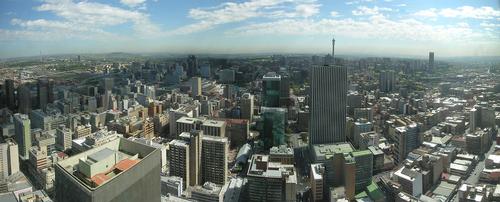 JohannesburgPhoto: Chris Eason CC by/2.0/ no changes made
JohannesburgPhoto: Chris Eason CC by/2.0/ no changes made
Johannesburg is the capital of Gauteng Province, the richest province in South Africa. Johannesburg is a strikingly contrasting city. Johannesburg is a relatively young city founded in 1886 just over 120 years ago. Johannesburg today is the financial capital of South Africa and one of the largest cities (over 5 million inhabitants) in all of Africa. The city is the seat of the South African Constitutional Court.
The city has millions of inhabitants spread over a number of neighborhoods and townships. Johannesburg's contribution to the economy of Sub-Saharan Africa is immense. Johannesburg is located on the Witwatersrand mountain range, which is home to a large amount of minerals and precious metals, especially gold and diamonds.
| advertisement |
| Hotels Johannesburg |
Location
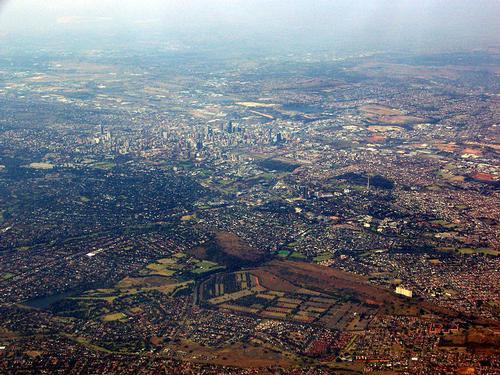 Johannesburg and its surroundings from the airPhoto: Andres de Wet CC 3.0 no changes made
Johannesburg and its surroundings from the airPhoto: Andres de Wet CC 3.0 no changes made
Johannesburg is located on the eastern plateau of South Africa (Highfield). Johannesburg is 1753 meters above sea level. On the northern and western sides of the city there are mountain ranges, in the east it is a bit more sloping.
Weather
Johannesburg enjoys pleasant weather all year round. This is one of the main reasons for holidaymakers to visit the city. The climate of Johannesburg is neither too hot nor too cold. It is dry and sunny all year round. The temperature of the city varies between 22º Celsius and 10º Celsius and the sun shines an average of 10 hours a day. Summers are moderate and winters are mild in Johannesburg. The best time to visit Johannesburg is between September and April.
History
Johannesburg's history dates back to the prehistoric period when Johannesburg was inhabited by hunters and food collectors. Bushmen were the first settlers in Johannesburg. They already settled in this area in the Stone Age.
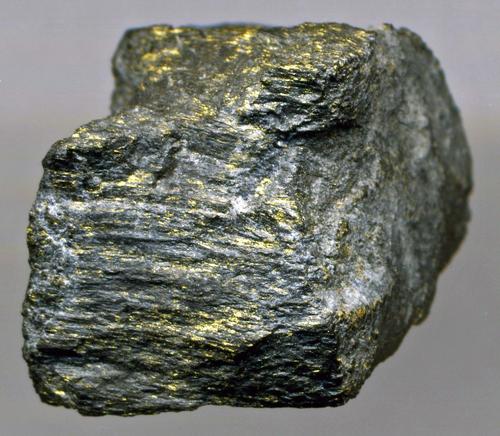 Gold Ore Witwaterrand JohannesburgPhoto: James St. John (CC BY 2.0) no changes made
Gold Ore Witwaterrand JohannesburgPhoto: James St. John (CC BY 2.0) no changes made
The Witwatersrand gold rush is an important chapter in Johannesburg's history. After the discovery of gold in 1886, a large number of people from all over the world settled in Johannesburg. People from various parts of Africa flocked to Johannesburg to work in the goldfields.
After the discovery of gold, the Transvaal government founded Johannesburg. Johannesburg developed into the largest South African settlement in the following years. Individuals took possession of the Johannesburg gold mines and made huge profits from them. This led to clashes between mining barons, the English-speaking newcomers and the Transvaal Boer government. After the Anglo-Boer War (1899-1901), the British took over the territory.
The British government's efforts to displace the natives led to a racial divorce, which became known as Apartheid in world history. With the passage of time, the gap between the British and the natives widened further. In 1920, 70,000 residents rebelled against the mine owners. This uprising is known as the 'Rand Uprising' and resulted in the death of approximately 200 people in 1922.
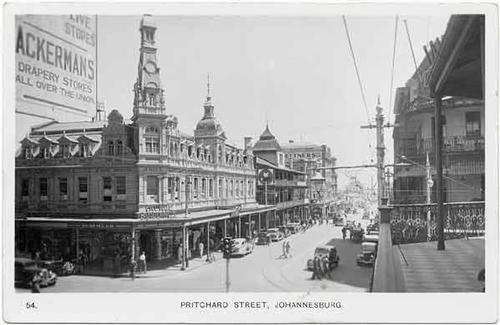 Pritchard street in Johannesburg in 1940Photo: Public Domain
Pritchard street in Johannesburg in 1940Photo: Public Domain
During the Second World War, there was a greater influx of black Africans to Johannesburg. This led to the beginning of the black nationalist movement. A student protest took place on June 16, 1976 and sparked increased national awareness among the black population. Until the eighties there was a lot of racial tension. Apart from international sanctions, apartheid was abolished in the last decade of the 20th century. The first democratic elections were held in Johannesburg in 1994.
Johannesburg sights
Johannesburg has emerged as one of the most popular tourist places in South Africa. Some of the major attractions in Johannesburg are:
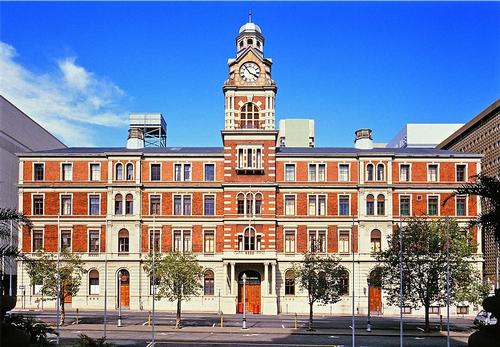 Former Johannesburg Post OfficePhoto: Janek Szymanowski CC 3.0 Unported no changes made
Former Johannesburg Post OfficePhoto: Janek Szymanowski CC 3.0 Unported no changes made
Johannesburg has relatively few old buildings. The former post office built at the end of the 19th century is one of them, the other is City Hall. The town hall is still home to some municipal offices and was built in the early 20th century Neo-Renaissance style. Both historic buildings are located at the crossroads of Rissik Street and Market Street.
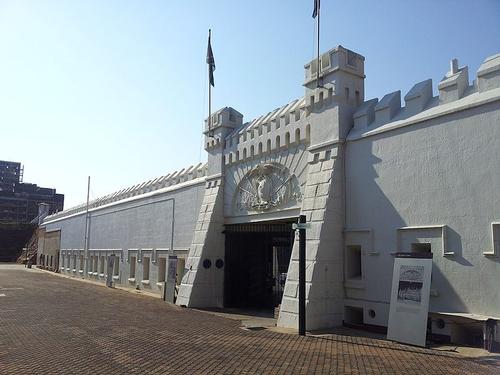 Old fort on Constitution Hill JohannesburgPhoto: The Heritage Portal CC 3.0 Unported no changes made
Old fort on Constitution Hill JohannesburgPhoto: The Heritage Portal CC 3.0 Unported no changes made
No trip to Johannesburg is complete without a trip to Constitution Hill and the Fort Complex. This important site is now home to the Constitutional Court, which is also the site of the infamous Number Four prison. The most famous former residents of the prison included Nelson Mandela and Mahatma Gandhi. Constitution Hill also draws visitors through a variety of exhibitions and cultural events, especially experimental performances are of great cultural importance.
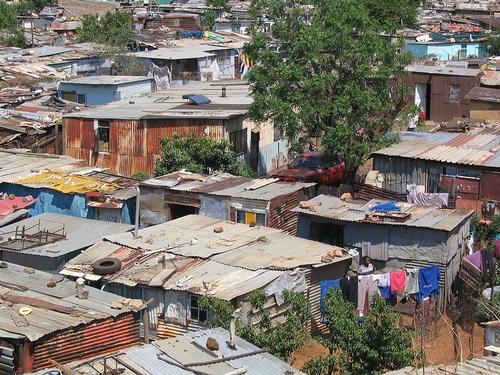 Soweto JohannesburgPhoto: Matt-80 CC 2.0 Generic no changes made
Soweto JohannesburgPhoto: Matt-80 CC 2.0 Generic no changes made
A tour of Soweto (the southwestern township) is a must, hop-on / hop-off buses are a great option to get there. Here you get a chance to really learn about the townships and the role they played in the historic freedom struggle. Nelson Mandela had a house here, as did Archbishop Tutu. Numerous schools, squares and monuments can be seen.
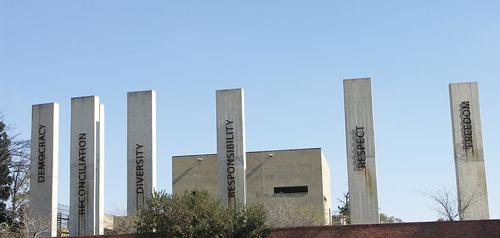 Apartheid Museum JohaneesburgPhoto: NJR ZA CC 3.0 Unported no changes made
Apartheid Museum JohaneesburgPhoto: NJR ZA CC 3.0 Unported no changes made
The city also has a number of museums that want to preserve both the history and the culture of the country. The historical museums such as the Apartheid Museum attract tourists from all parts of the world. At the entrance of the Apartheid Museum you randomly get the status white or black before entering the museum. Visitors are then transported back to the time of apartheid, with a successful mix of film, photos, oral history and a collection of poignant artifacts.
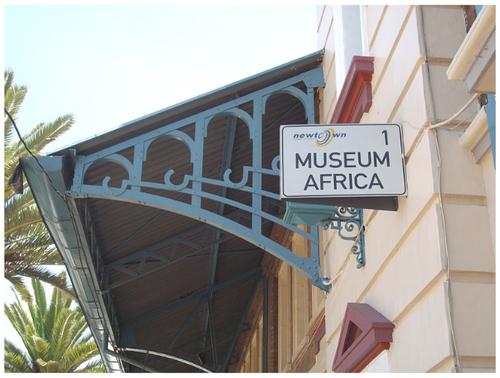 Africa Museum JohannesburgPhoto: Thuvack CC 3.0 Unported no changes made
Africa Museum JohannesburgPhoto: Thuvack CC 3.0 Unported no changes made
If you really want to know something about Johannesburg, it is worth visiting the Africa museum. The museum is housed in what used to be Johannesburg's most important fruit and vegetable market. Here you will find an impressive collection of artifacts that describe the political, economic and social history of the city. Perhaps the most interesting thing is that you take a step back in time. There are seven permanent exhibitions that depict city life.
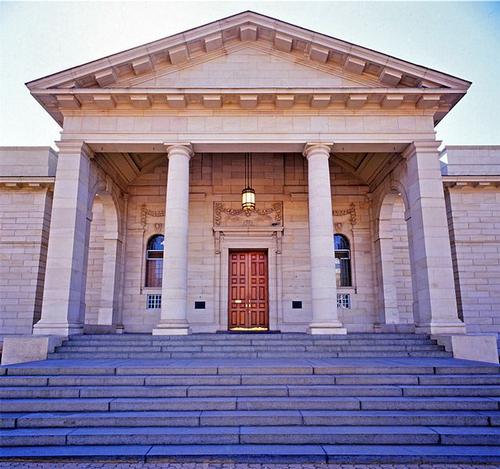 Johannesburg Art GalleryPhoto: Janek Szymanowski CC 3.0 Unported no changes made
Johannesburg Art GalleryPhoto: Janek Szymanowski CC 3.0 Unported no changes made
The city also has several art museums such as the Johannesburg Art Gallery. The museum was founded in 1910 and was the very first museum in the city. Her current housing in Joubert Park is best known for the famous architect, Sir Edwin Lutyens. The gallery is home to an extensive collection of Flemish and Dutch paintings, as well as those of internationally renowned artists such as Picasso, Pissarro, Monet and Degas. There is also a large South African collection, which has been expanded in recent years to include the work of contemporary South African artists.
Tips
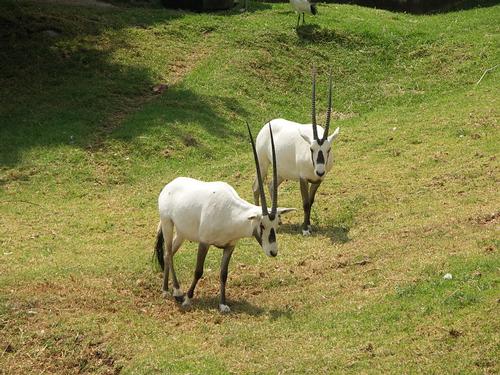 Oryxes in theJohannesburg ZooPhoto: NJR ZA CC 3.0 Unported no changes made
Oryxes in theJohannesburg ZooPhoto: NJR ZA CC 3.0 Unported no changes made
The Johannesburg Zoo is the largest zoo in South Africa and interesting to visit. Founded more than a hundred years ago, this historic zoo is of great importance. Today, the zoo has more than 2,000 animals and more than 350 different animal species.
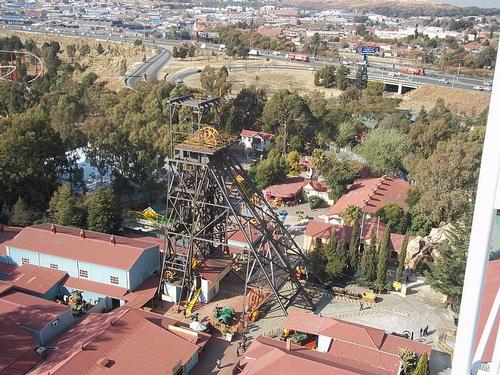 Gold Reef City JohannesburgPhoto: Nolween CC 3.0 Unported no changes
Gold Reef City JohannesburgPhoto: Nolween CC 3.0 Unported no changes
In Gold Reef City you can see what the city looked like during the gold rush of the late 19th century. There are reconstructed houses, pubs, shops, a theater and a hotel. There is even a Chinese laundry and a newspaper office. A major attraction is a former mining shaft that belonged to the Crown Mines, one of the richest mining companies in the world.
Useful links Johannesburg
BBC Country ProfilesWorld Fact Book Explore all Countries
How to call
Last updated June 2025
Copyright: Team - The World of Info